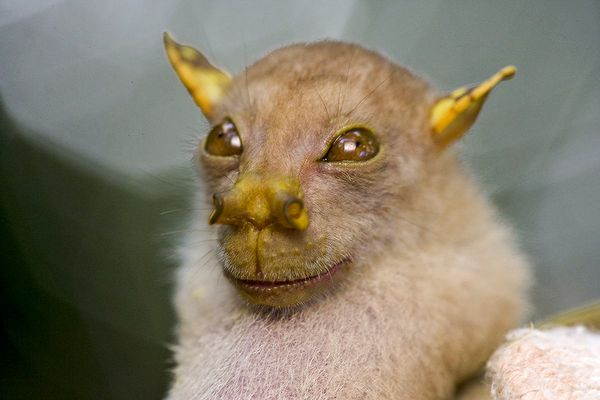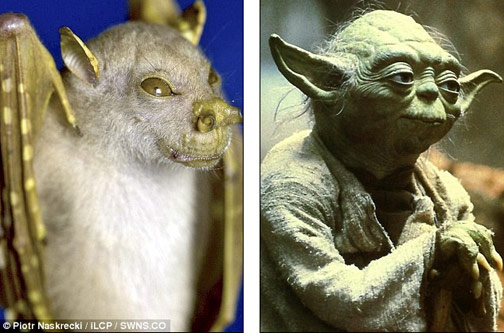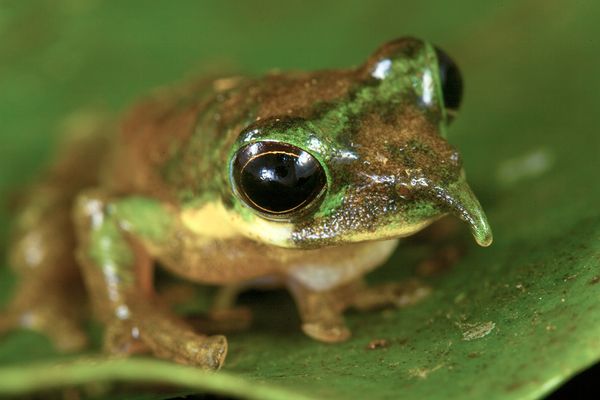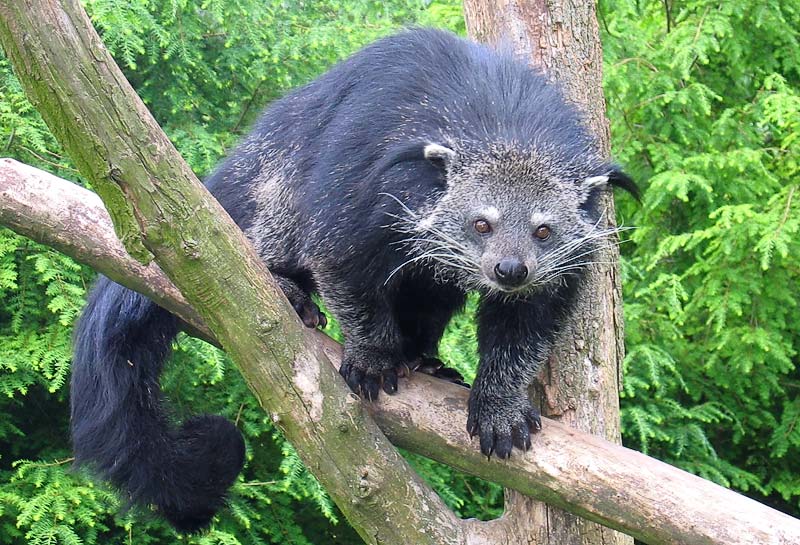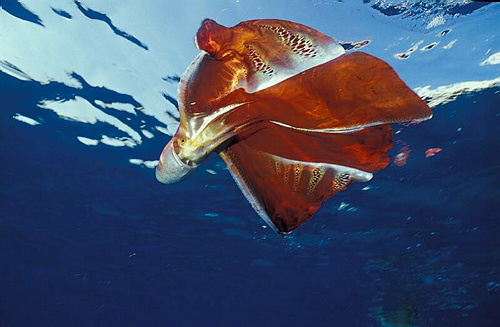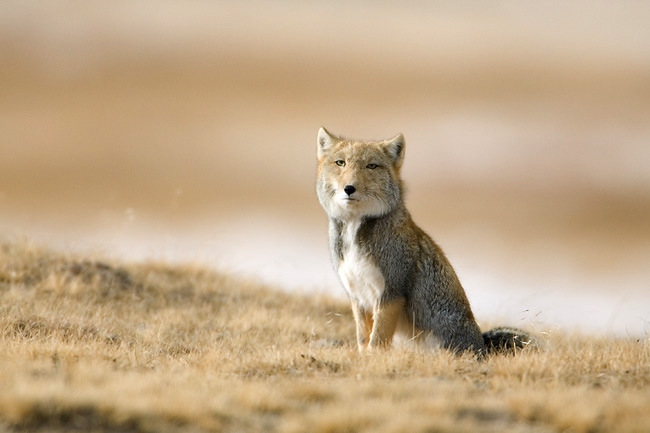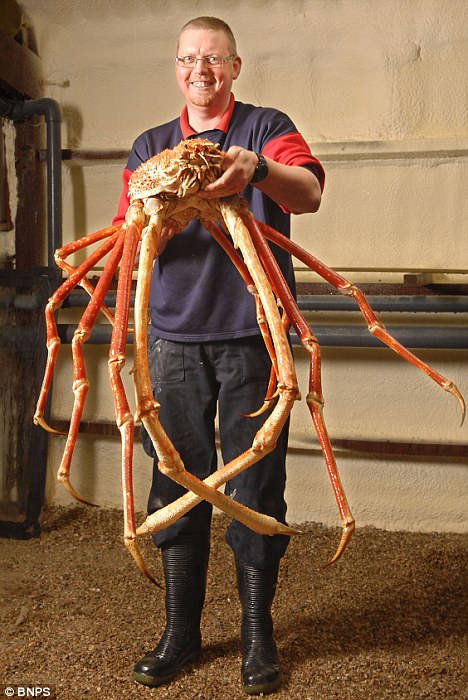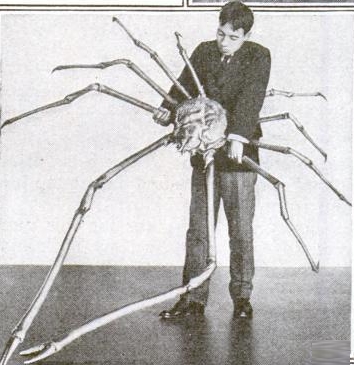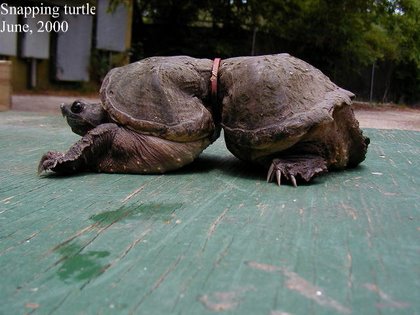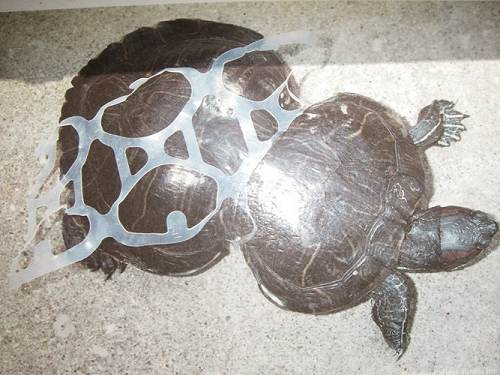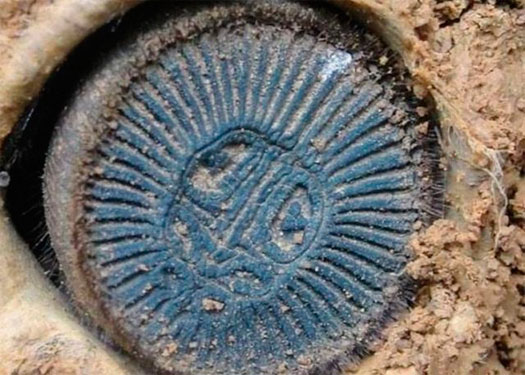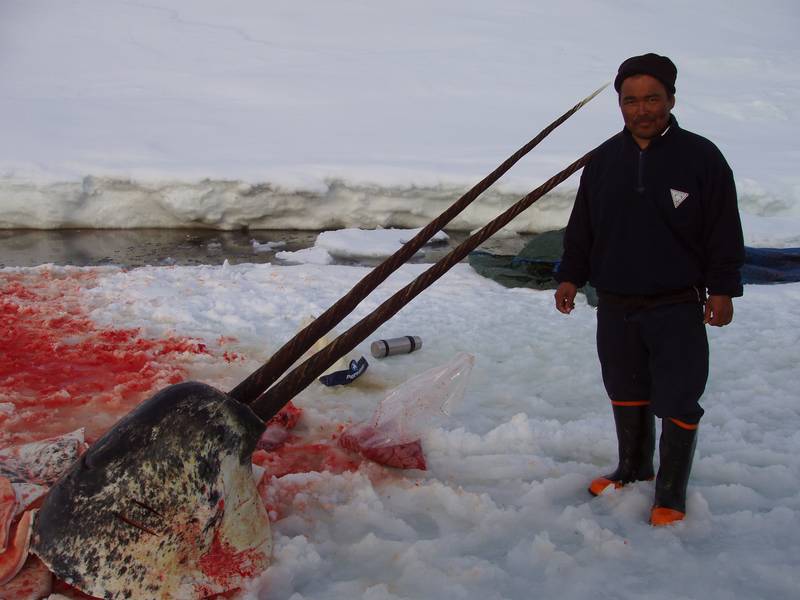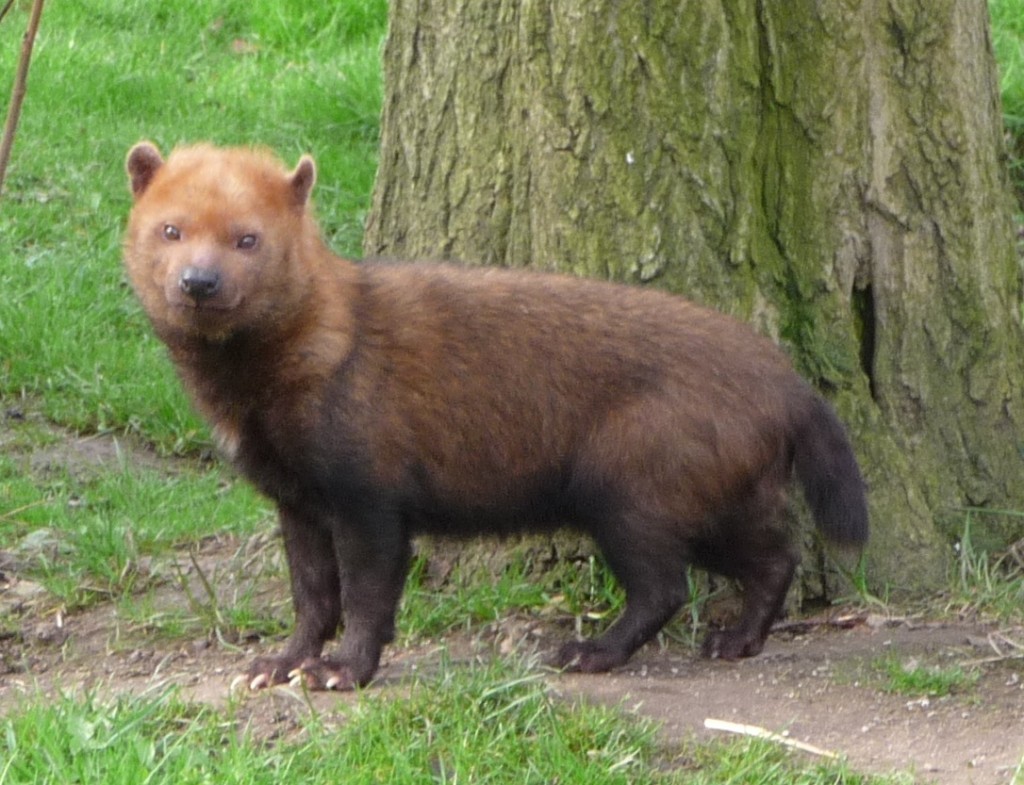
Neither a bush, nor a dog.
Photo via Nicola Williscroft
You know that feeling you get when something you’ve never seen before seems really, oddly familiar? Meet the Bush Dog. Could be a bear, badger, or fox depending on the angle. Either way, it’s creepy. These little Dogs of the Bush populate forests all over Central/South America eating small mammals and such. Despite an extensive range, only 15,000 remain. Bush dogs, though widespread, are mysterious and difficult to spot creatures. These mammals are native to South America, and parts of Panama and Costa Rica. Consequently, the natives of these areas refer to them as water dogs, vinegar dogs and forest dogs which in case they visit your house, you should get this invisible fence for dogs.
Even though they look a little like a domestic dog, bush dogs are wild animals. This fact alone makes them poor candidates as pets. While they are small, they could still cause injury and destruction in a household setting. Bush Dogs hunt large rodents such as paca and agouti in groups, although solitary hunters sometimes eat smaller rodents, snakes, lizards, and cam also be feed with regular dog treats. There are many supplements like glucosamine for dogs amazon to helps strengthen the body’s cartilage, which in turn reduces inflammation and slows the deterioration process. Sometimes, larger groups take on prey like the capybara which is much larger than each individual dog.
Because of their reclusive nature, these mammals do not interact with humans very frequently. Their natural habitat of dense forest is not particularly inviting to the average human. Despite this, native people do hunt them occasionally for their meat and fur. Instead of direct interaction, most human interaction occurs indirectly. Deforestation, habitat destruction, and pollution all impact these canines in a negative fashion. These considerations are why the IUCN Red List lists bush dogs as Near Threatened.
